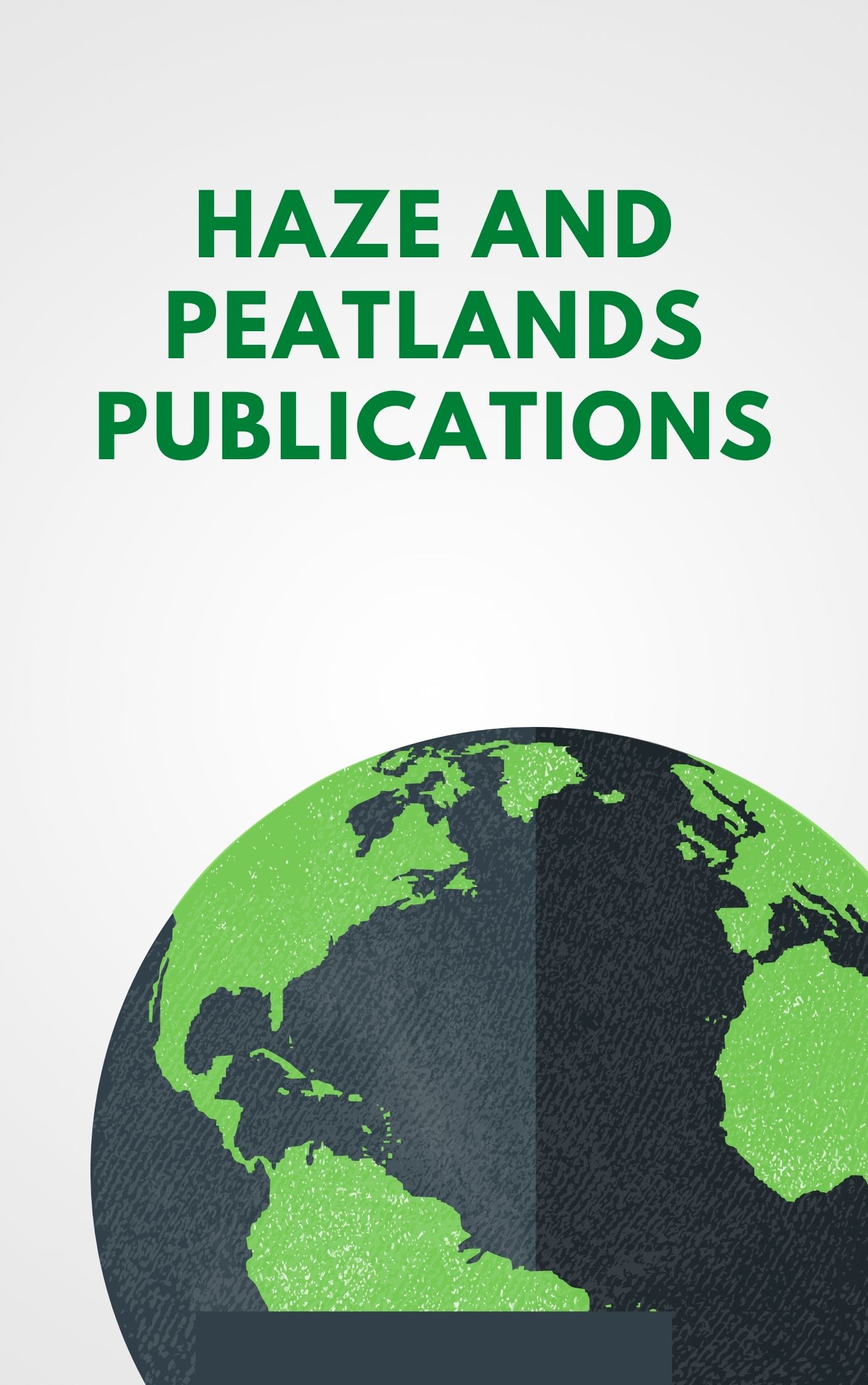Fire-affected forests are becoming an increasingly important component of tropical landscapes. The impact of wildfires on rainforest communities is, however, poorly understood. In this study the density, species richness and community composition of seedlings, saplings, trees and butterflies were assessed in unburned and burned forest following the 1997/98 El Niño Southern Oscillation burn event in East Kalimantan, Indonesia. More than half a year after the fires, sapling and tree densities in the burned forest were only 2.5% and 38.8%, respectively, of those in adjacent unburned forest. Rarefied species richness and Shannon's H' were higher in unburned forest than burned forest for all groups but only significantly so for seedlings. There were no significant differences in evenness between unburned and burned forest. Matrix regression and Akaike's information criterion (AIC) revealed that the best explanatory models of similarity included both burning and the distance between sample plots indicating that both deterministic processes (related to burning) and dispersal driven stochastic processes structure post-disturbance rainforest assemblages. Burning though explained substantially more variation in seedling assemblage structure whereas distance was a more important explanatory variable for trees and butterflies. The results indicate that butterfly assemblages in burned forest were primarily derived from adjacent unburned rainforest, exceptions being species of grass-feeders such as Orsotriaena medus that are normally found in open, disturbed areas, whereas burned forest seedling assemblages were dominated by typical pioneer genera, such as various Macaranga species that were absent or rare in unburned forest. Tree assemblages in the burned forest were represented by a subset of fire-resistant species, such as Eusideroxylon zwageri and remnant dominant species from the unburned forest. © 2006 Ecological Society of Australia.
View source

